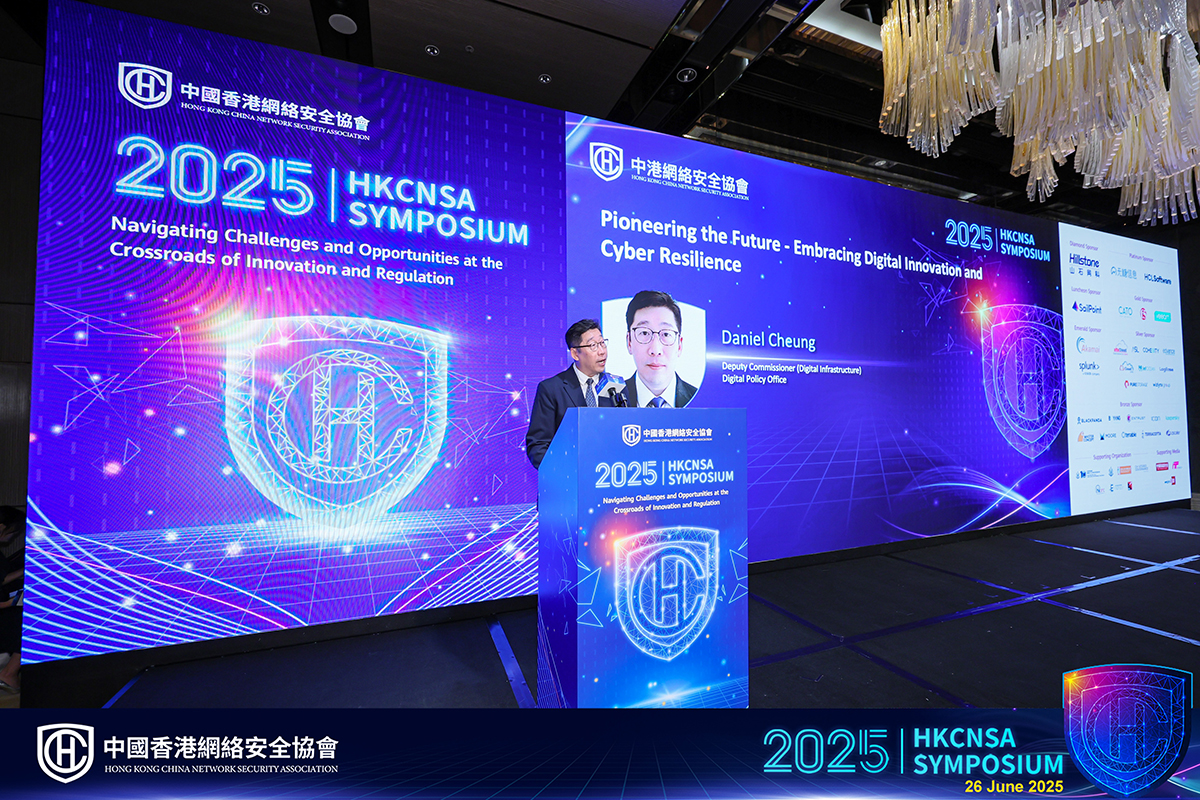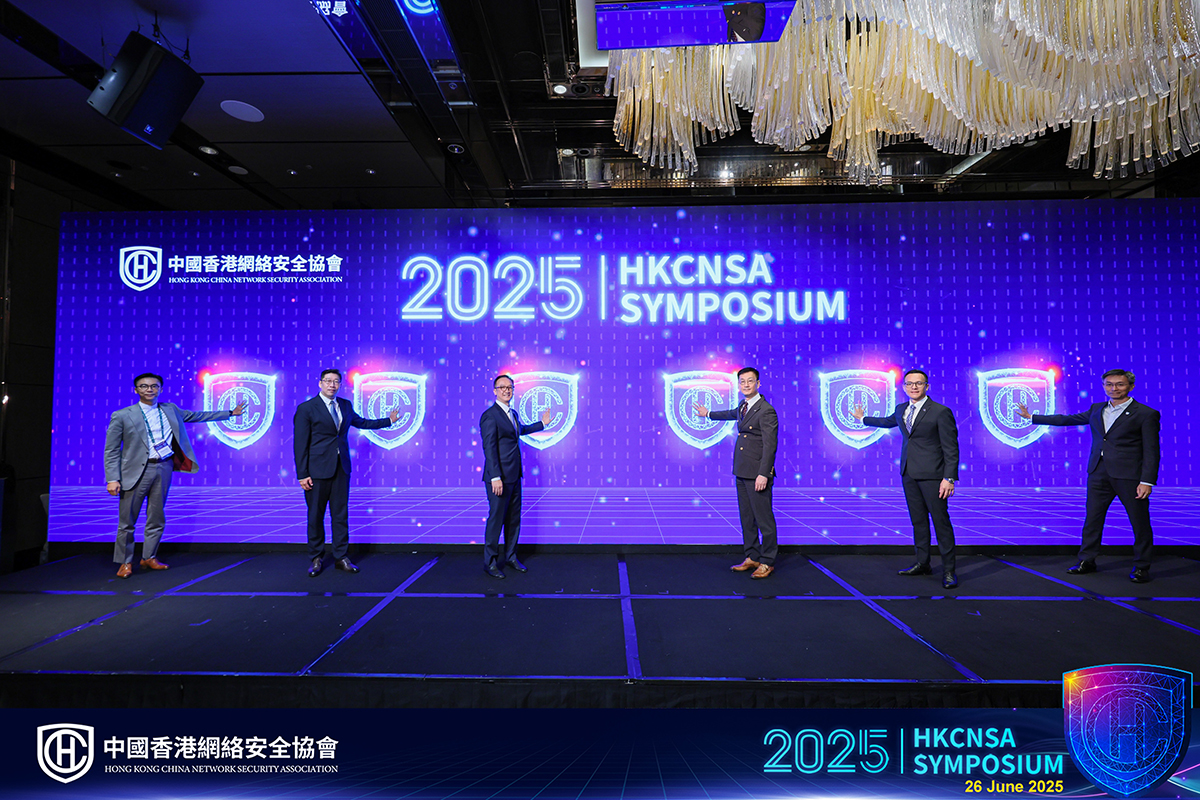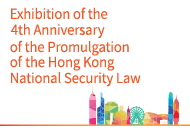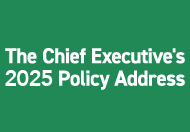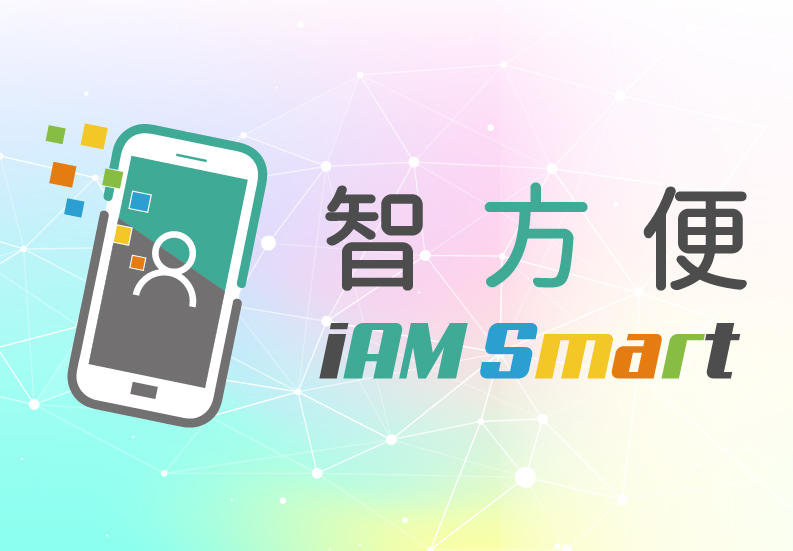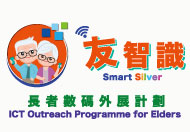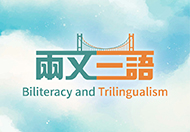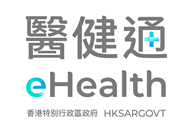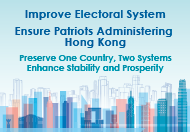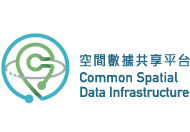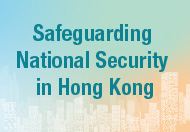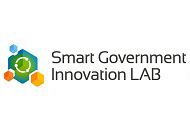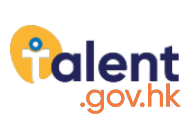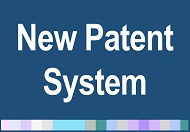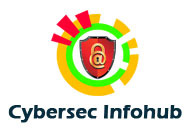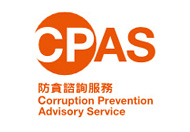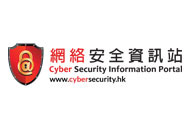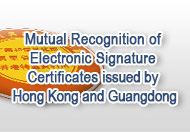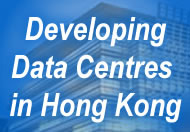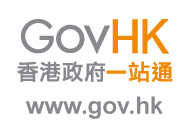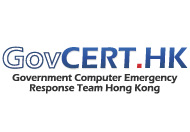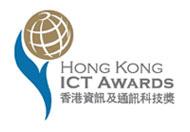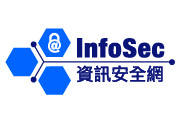Speech by Mr Daniel Cheung, JP, Deputy Commissioner (Digital Infrastructure), at the “Hong Kong China Network Security Association Symposium 2025” (with photos)
David (Founding Chairman of the Hong Kong China Network Security Association), Francis (Assistant Director (Critical Infrastructure) of Security Bureau), Raymond (Chief Superintendent of Cyber Security and Technology Crime Bureau, Hong Kong Police Force), distinguished guests, ladies and gentlemen,
Good morning. I am honored to be here at the Hong Kong China Network Security Association (HKCNSA) Symposium. Today’s theme is “Navigating Challenges and Opportunities at the Crossroads of Innovation and Regulation”. My heartfelt thanks to the organiser for bringing us together to discuss such an important topic.
We are now at a transformative moment in the global digital landscape, with artificial intelligence (AI) leading a wave of technological breakthroughs alongside technologies like blockchain and 5G. In Hong Kong, AI unlocks vast possibilities, sparking creativity in fields like healthcare, logistics, finance, and education, enhancing urban solutions for smarter living, and empowering businesses to compete globally. Yet, these advancements bring challenges, including complex cyberattacks and data privacy concerns that demand robust cybersecurity to overcome. Today, we unite to share insights and chart a secure, innovative path forward.
Hong Kong’s vibrant tech ecosystem is a breeding ground for AI-driven progress. To fuel AI research, Hong Kong has launched cutting-edge infrastructure. Cyberport’s AI Supercomputing Centre (AISC), operational since last December, is scaling to 3,000 petaFLOPS of computing power this year, among the region’s most advanced. The government offers subsidies to eligible users, including local universities, research institutes, enterprises, and start-ups, through the $3 billion AI Subsidy Scheme to promote the research and development (R&D) of potentially groundbreaking AI technologies.
Additionally, the AIR@InnoHK Research Cluster unites local and global experts to push AI boundaries. Being one of its research centers, the Hong Kong Generative AI Research and Development Center (HKGAI), unveiled a locally optimised AI language model, HKGAI V1, in February this year. Built on advanced technology, this model powers a document-processing tool, HKPilot, for boosting efficiency, is now in trial across government offices. Plans are underway for a $1 billion Hong Kong AI R&D Institute to lead research and real-world AI applications, from foundational breakthroughs to practical solutions. These efforts underscore our commitment to fostering an environment where AI innovation can flourish, driving progress for Hong Kong and beyond.
To ensure responsible AI development, we are advancing ethical and innovative practices. Drawing on global best practices, our Digital Policy Office (DPO) has published the Ethical Artificial Intelligence Framework, which guides organisations in adopting AI and big data analytics with integrity, incorporating ethical principles, practical guidelines, and assessment tools to balance innovation with public interest. This framework, initially developed for government use, has now been adapted for broader adoption, enabling businesses and institutions to integrate ethical considerations into their AI projects. Similarly, the Hong Kong Generative Artificial Intelligence Technical and Application Guideline, published in April this year, provides practical guidance for developers, service providers, and users. Technical risks like data leakage, model bias, and errors, should be prioritised to foster responsible AI application while supporting innovation tailored to Hong Kong’s context.
Complementing these efforts, the Office of the Privacy Commissioner for Personal Data (PCPD) published the “Artificial Intelligence: Model Personal Data Protection Framework” to provide internationally well-recognised and practical recommendations and best practices to assist organisations to procure, implement and use AI, including generative AI, in compliance with the relevant requirements of the Personal Data (Privacy) Ordinance (PDPO), so that organisations can harness the benefits of AI while safeguarding personal data privacy. These initiatives will help nurture the healthy growth of AI in Hong Kong, supporting its development into an I&T hub, and drive the expansion of the digital economy not only in Hong Kong but also in the Greater Bay Area.
In fact, Innovation is only as strong as the security that protects it. One of the prominent challenges we encounter is the increasing sophistication of cyber threats. As we innovate, adversaries are also evolving, employing more advanced tactics like AI-powered phishing and deepfakes to exploit weaknesses. This cat-and-mouse game necessitates our continuous vigilance and adaptive strategies to safeguard our digital ecosystem.
The DPO is committed to fortifying Hong Kong’s defenses by fostering practical training and resilience across our digital ecosystem. Last year, we spearheaded the Hong Kong Cybersecurity Attack and Defence Drill, a simulation that brought together various government departments and public organisations to test and strengthen our collective defenses against sophisticated cyber threats. This initiative provided a platform to identify vulnerabilities, enhance technical skills, experience, and overall defensive capabilities among stakeholders, significantly bolstering our preparedness. Building on this success, we will continue the drill in 2025, with plans to expand its scope to include more diverse scenarios and participants, further sharpening our ability to counter emerging threats. Through hands-on training and knowledge-sharing, we can navigate the ever-evolving cyber landscape, reinforcing Hong Kong’s role as a secure hub for innovation.
And of course, we need strong partners in collaboration with the Cyber Security and Technology Crime Bureau (CSTCB), Hong Kong Computer Emergency Response Team Coordination Centre (HKCERT), and the Hong Kong Internet Registration Corporation (HKIRC), we support local enterprises, particularly small and medium enterprises (SMEs), with incident response assistance, timely threat alerts, and security education. These efforts empower businesses to counter evolving cyber risks. To further strengthen these efforts, the DPO, in coordination with HKIRC and HKCERT, is launching two new initiatives: the Cybersec One Programme and the Cybersecurity Service Providers Connect Programme. The Cybersec One Programme provides SMEs with expert-led risk assessments, and tailored recommendations to embark on their cybersecurity journey. The Cybersecurity Service Providers Connect Programme facilitates connections between cybersecurity service providers and local SMEs, enterprises, and institutions, helping providers expand their reach while offering trusted solutions to businesses, fostering the sustainable growth of Hong Kong’s cybersecurity ecosystem. These initiatives reflect our proactive approach to building a secure digital foundation for all.
As we look forward, we anticipate emerging challenges that will shape our digital landscape. Quantum computing poses risks to current encryption methods, while the proliferation of Internet of Things (IoT) devices expands cyber vulnerabilities. The DPO is actively researching these trends, collaborating with academia and industry to stay proactive. Our aim is to foster a digital environment where innovation and security evolve together, ensuring Hong Kong remains resilient and forward-thinking.
Last but not least, no single entity can address today’s global cyber challenges alone. Collaboration is the cornerstone of a secure digital future. Our partnerships with various stakeholders exemplify this commitment, uniting diverse expertise to enhance resilience and strengthen Hong Kong’s cybersecurity posture. These collaborative efforts, including our new cybersecurity initiatives, demonstrate the power of working together to address evolving threats. Together, we can navigate these challenges and seize the opportunities ahead, building a future where innovation shines, anchored by trust and resilience.
Thank you, and I look forward to today’s discussions.
- ENDS -






